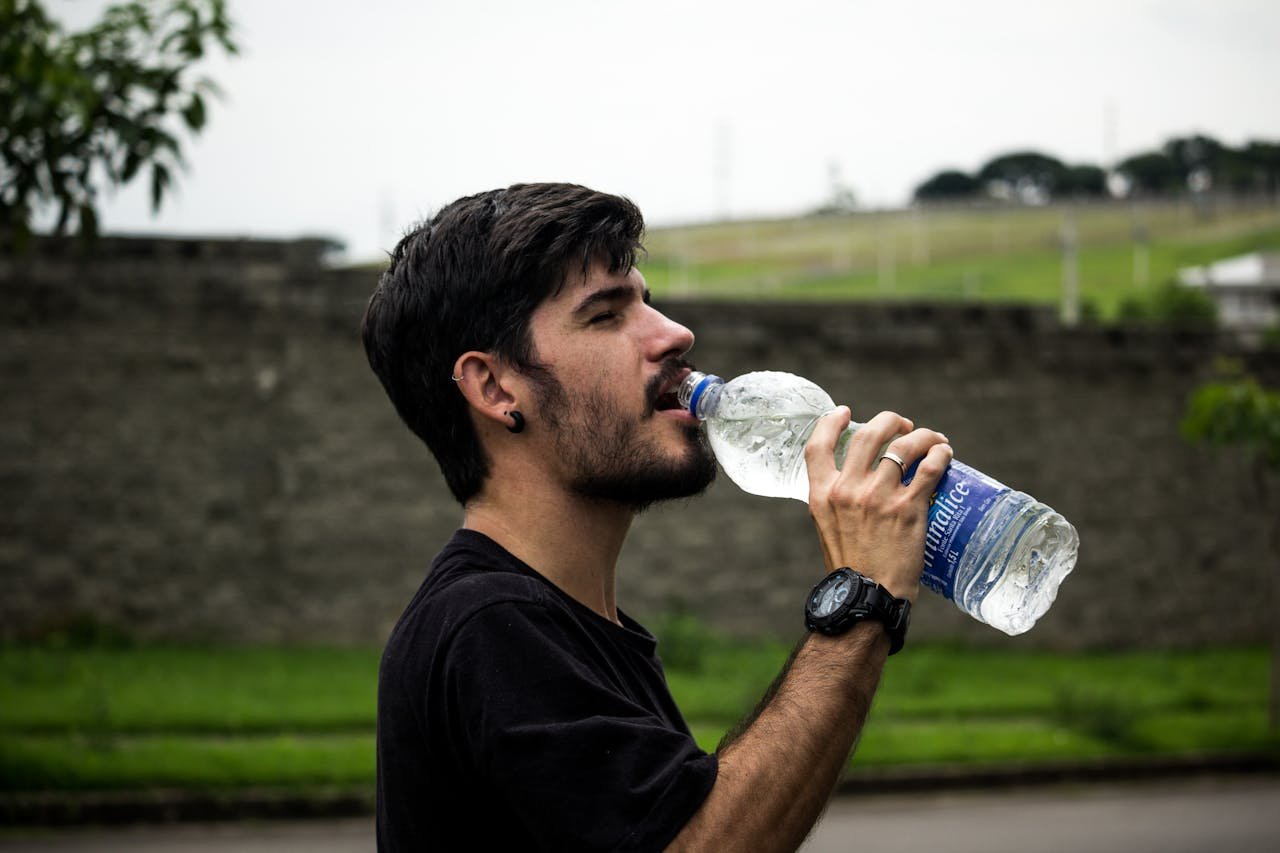Children's laughter under a bright sky symbolizes joy and freedom. They naturally spend time outdoors, from playgrounds to beaches, exposing them to sunlight. While sunlight offers Vitamin D and fun, it's crucial to remember sun protection for kids.
As responsible adults - parents, caregivers, educators - we must protect them from harmful UV rays. Letting them enjoy the outdoors safely is essential. With the right sun safety measures, we can ensure they thrive under the sun's warmth without the risks.
Understanding UV Rays and Their Effects
Ultraviolet (UV) rays, invisible to the naked eye, are emitted by the sun and can cause irreversible damage to the skin. There are two types of UV radiation to be mindful of: UVA and UVB.
UVA rays penetrate deeply into the skin, leading to signs of premature aging and contributing to skin cancer, while UVB rays primarily affect the skin's surface, causing sunburns.
Short-term exposure without protection might result in painful sunburns and a ruined weekend, but it's the long-term effects that warrant our vigilance.
Consistent unprotected exposure to UV rays can lead to an increased risk of skin cancer, which includes melanoma, one of the deadliest forms. Additionally, we need to consider the potential for eye damage, immune system suppression, and the development of allergic reactions to the sun.
Sun Safety Essentials for Children
When gearing up for a day out, sunscreen should be as indispensable as snacks and toys. For children, dermatologists typically recommend sunscreens with a Sun Protection Factor (SPF) of at least 30. It's crucial to choose a broad-spectrum sunscreen, meaning it protects against both UVA and UVB rays, like Thinkbaby SPF 50+.
Proper sunscreen application is key.
Sunscreen should be applied generously and evenly over all exposed skin at least 15 minutes before heading outdoors. Don't forget often-missed spots like the tops of the feet, behind the ears, and along the hairline. Reapplication is just as crucial, especially after swimming, sweating, or toweling off, and should happen at least every two hours.
Beyond Sunscreen: Additional Protective Measures
Sunscreen is only one component of a comprehensive sun protection strategy. Children should seek shade, particularly during peak sun hours between 10 a.m. and 4 p.m. when the UV rays are strongest. Planning indoor breaks during these times can significantly reduce the risk of overexposure.
Protective clothing, such as long-sleeved shirts and long pants made from tightly woven fabric, can shield skin without the need for constant reapplication. Wide-brimmed hats protect the face, scalp, ears, and neck, while sunglasses with 100% UV protection prevent eye damage and reduce the risk of cataracts later in life.
Early morning or late afternoon are generally safer times for children to engage in extended outdoor activities. During these hours, the sun’s rays are less intense, and the risk of UV damage decreases.
Educating Children on Sun Safety
Sun safety education can be a delightful part of childhood learning. Introduce the concept with stories, sing songs about sunscreen application, and turn wearing hats and sunglasses into a fun fashion show.
Demonstrating these habits and explaining their importance in simple terms can make children sun-savvy and more likely to embrace these practices willingly.
Spotting and Responding to Sunburn
Despite best efforts, children might still experience sunburn. It typically manifests as red, painful skin that's warm to the touch and may swell or blister.
If you suspect a child has been sunburned, move them out of the sun immediately and apply cool compresses. Offer extra fluids to rehydrate and consider an appropriate dose of a pain reliever if necessary.
A pediatrician should assess severe burns, especially if accompanied by fever, chills, or confusion. Remember, a single blistering sunburn in childhood dramatically raises the risk of developing skin cancer later in life, underscoring the importance of vigilance.
Staying Hydrated and Cool
Hydration interplays significantly with sun safety. Encourage kids to drink water regularly, and for babies, ensure they are adequately breastfed or bottle-fed.
Watch for signs of heat exhaustion, such as excessive thirst, fatigue, headache, or dizziness, and address them promptly.
Conclusion
The joy of watching our children thrive and play under the sun can continue without fear when we take proactive steps in sun protection. By fostering good sun safety habits, such as applying and reapplying sunscreen, dressing them in protective clothing, and teaching them the value of shade, we can significantly reduce the risks posed by UV rays.
Remember, sun safety for kids is a combination of preparation, education, and hydration. It is in our collective efforts that we can ensure our children's memories of fun in the sun are filled with laughter, not burns.
Don't be hesitant to visit a paediatrician if your child is unwell.







